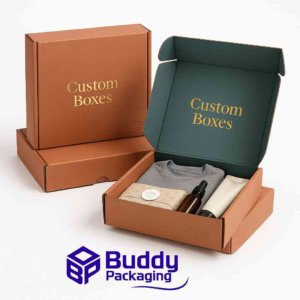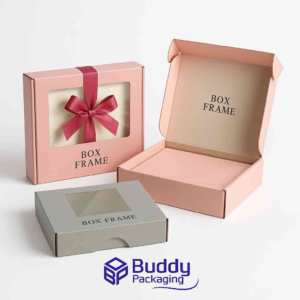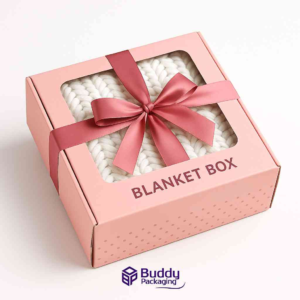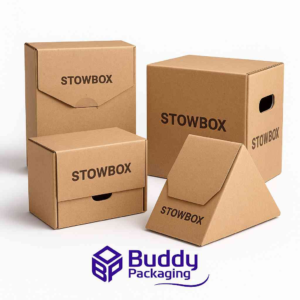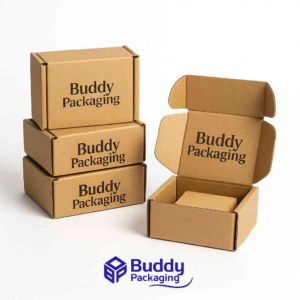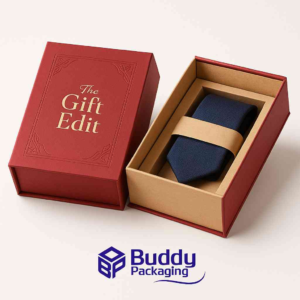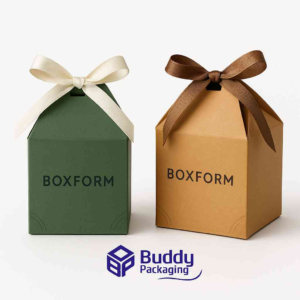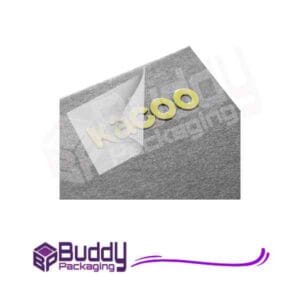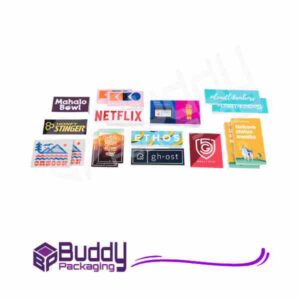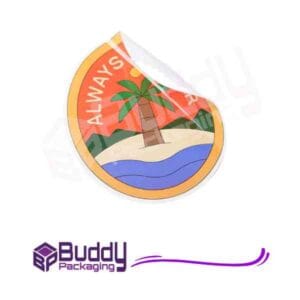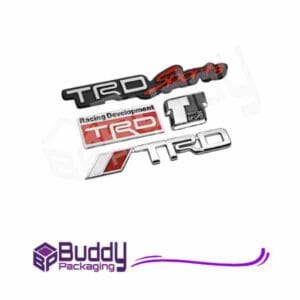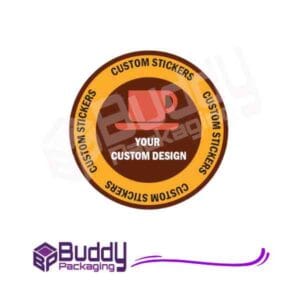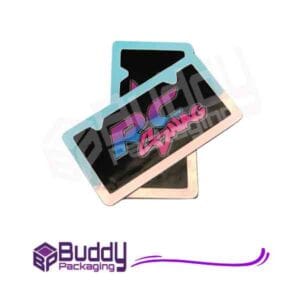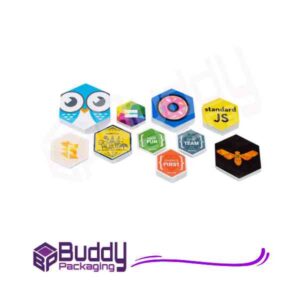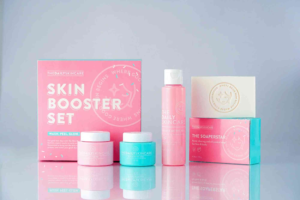Introduction
In today’s competitive market, packaging design is far more than just wrapping a product—it’s a powerful communication tool that reflects a brand’s identity and values. A graphic packaging designer plays a crucial role in shaping how customers perceive and interact with products. This field combines creativity, marketing insight, and technical precision to create packaging that is visually appealing, functional, and memorable. From small local brands to global corporations, every product relies on thoughtful design to stand out on crowded shelves.
The Role of a Graphic Packaging Designer
A graphic packaging designer is responsible for conceptualising and creating packaging that represents the brand’s personality while ensuring practicality in production and usability. They focus on visual elements such as colour, typography, layout, and imagery while also considering structural aspects like shape, material, and sustainability. These designers work closely with product developers, marketing teams, and printers to bring ideas to life. Their primary goal is to attract consumers and build an emotional connection through design.
They also need to ensure that the packaging complies with regulatory requirements, especially for industries such as food, cosmetics, and pharmaceuticals. A balance between creativity and compliance is essential, as even the most striking design must remain functional and safe for the end user.
Importance of Packaging Design in Branding
Packaging is often the first point of contact between a consumer and a brand. It serves as a silent salesperson, influencing purchase decisions and shaping perceptions within seconds. An effective design communicates trust, quality, and brand story instantly. For example, premium brands often use minimalistic and elegant designs to convey sophistication, while eco-friendly brands opt for earthy tones and recyclable materials to showcase their environmental values.
Moreover, good packaging design enhances brand recognition. Consistent use of colours, typography, and style across various products helps consumers identify the brand easily. A graphic packaging designer plays an essential role in ensuring this consistency, thereby strengthening the brand’s visual identity across all touchpoints.
Skills Every Graphic Packaging Designer Needs
To excel in this profession, a graphic packaging designer must possess a mix of artistic talent, technical knowledge, and market understanding.
Creativity and Innovation
Creativity is at the heart of packaging design. Designers must think beyond traditional concepts to create packaging that captures attention and aligns with the brand’s values. Innovative use of materials, shapes, and finishes can elevate a simple box into an unforgettable unboxing experience.
Technical Proficiency
Understanding printing techniques, dielines, and production constraints is vital. Designers need to be proficient in design software such as Adobe Illustrator, Photoshop, and InDesign to create print-ready files. They should also understand colour modes (CMYK vs RGB) and how colours translate from screen to print.
Brand Awareness and Market Insight
A designer’s work should reflect the target audience’s preferences. Analysing consumer behaviour and industry trends allows the designer to craft packaging that appeals directly to the intended demographic.
Attention to Detail
Every line, fold, and font choice matters. Precision ensures that the design aligns perfectly with the physical structure of the packaging. Small errors can lead to costly production issues, making accuracy crucial.
Sustainability Awareness
As eco-consciousness rises, designers are expected to create environmentally friendly solutions. Using recyclable or biodegradable materials, minimising waste, and optimising designs for efficient printing are now key considerations in the design process.
The Process of Graphic Packaging Design
Creating an impactful package involves several carefully planned steps that combine research, creativity, and collaboration.
Research and Strategy
The design journey begins with a thorough understanding of the product and its market. The designer studies the brand’s mission, competitors, and target audience. They analyse what attracts the intended customers and how the packaging can stand out while communicating the product’s benefits.
Concept Development
After gathering insights, the designer begins sketching concepts or building digital mock-ups. Multiple ideas are explored to determine which design best aligns with the brand’s identity. Colour palettes, typography, and graphics are chosen strategically to convey the right message.
Design Execution
Once a concept is approved, the detailed design process begins. The designer prepares dielines, selects materials, and ensures that the layout fits perfectly within the structural parameters. Prototypes or 3D mock-ups are often created to visualise how the final packaging will look and function.
Feedback and Refinement
Collaboration plays a big role at this stage. The design is reviewed by stakeholders, including marketing and production teams, to ensure it meets aesthetic and practical expectations. Adjustments are made before final approval.
Final Production
After refinement, the design is handed over for printing and manufacturing. A good graphic packaging designer ensures that all specifications—such as bleed lines, colour codes, and file formats—are production-ready, ensuring a seamless transition from design to shelf.
Impact of a Graphic Packaging Designer on Sales
A well-designed package can directly influence sales by increasing product visibility and consumer engagement. Visual appeal draws attention in retail environments where customers are bombarded with choices. For e-commerce, packaging also contributes to customer satisfaction and brand loyalty. The unboxing experience, in particular, has become a vital marketing tool, often shared across social media platforms.
Companies that invest in professional packaging design often experience stronger brand recognition and higher conversion rates. It’s not just about looking good—it’s about communicating value. When customers perceive care and quality in packaging, they associate the same with the product itself.
The Rise of Digital Tools in Packaging Design
Technology has revolutionised how packaging is created and tested. Modern tools enable designers to create realistic 3D models and augmented reality (AR) experiences that showcase how packaging will look in real-world environments. These tools allow for faster revisions and improved collaboration between teams working remotely.
Software advancements have also made it easier to ensure accuracy in print production, reducing errors and costs. Digital proofing systems and cloud-based collaboration tools streamline communication between designers, clients, and manufacturers.
How to Become a Graphic Packaging Designer
Becoming a graphic packaging designer typically requires a foundation in graphic design, visual communication, or industrial design. Formal education helps build the necessary artistic and technical skills. However, gaining hands-on experience through internships or freelance projects is equally important.
Building a portfolio that highlights creativity, functionality, and real-world application is crucial for aspiring designers. Demonstrating the ability to translate a brand’s essence into tangible packaging helps secure roles in design agencies or corporate design teams.
Keeping up with design trends, attending workshops, and learning from resources such as packaging design tips can help professionals stay competitive and innovative.
The Connection Between Custom Packaging and Design Excellence
For businesses seeking to create a lasting impression, Custom Packaging offers the ideal solution. Tailored packaging not only enhances the visual identity of a product but also aligns perfectly with brand strategy and customer expectations. A graphic packaging designer plays a central role in developing these bespoke solutions, ensuring each element—from colour palette to texture—reflects brand authenticity.
Companies like Buddy Packaging specialise in offering such custom solutions, combining creativity and practicality to deliver designs that leave a lasting impact. To see their expertise in action, you can explore the Buddy Packaging Location and learn how they help brands bring their vision to life through innovative packaging solutions.
The Future of Graphic Packaging Design
The future of packaging design lies in sustainability, interactivity, and digital integration. Eco-friendly materials and minimalist aesthetics are becoming the norm. Moreover, with technologies like QR codes and AR, packaging is evolving into an interactive storytelling platform that connects consumers directly with brands.
Designers are now focusing on creating experiences rather than just visuals. The role of a graphic packaging designer will continue to expand, incorporating elements of digital marketing, sustainability, and user experience design. Those who adapt and innovate will shape the next generation of packaging design.
A graphic packaging designer is not just a creative professional but a brand strategist, innovator, and storyteller. Their work influences first impressions, buying decisions, and long-term customer loyalty. In a world where presentation matters as much as the product itself, investing in skilled design ensures that your brand stands out and communicates its essence effectively.
If you’re looking to elevate your product’s presentation and connect meaningfully with your audience, collaborate with experts who understand the power of packaging. Explore Custom Packaging options and discover how thoughtful design can transform your brand today.
FAQs
What does a graphic packaging designer do?
A graphic packaging designer creates visual and structural packaging designs that reflect a brand’s identity, ensuring they are both attractive and functional.
Why is packaging design important?
Packaging design enhances brand recognition, attracts buyers, and influences purchasing decisions by communicating quality and trust.
What software do packaging designers use?
Most professionals use Adobe Illustrator, Photoshop, InDesign, and 3D modelling tools to create and visualise packaging designs.
How do I become a packaging designer?
A degree in graphic or industrial design helps, along with building a strong portfolio showcasing creativity and practical application.
What makes good packaging design?
Good packaging design is visually appealing, functional, sustainable, and aligned with the brand’s values and target audience.
Where can I find professional packaging design services?
You can explore Buddy Packaging Location for expert assistance in creating custom packaging that reflects your brand perfectly.


